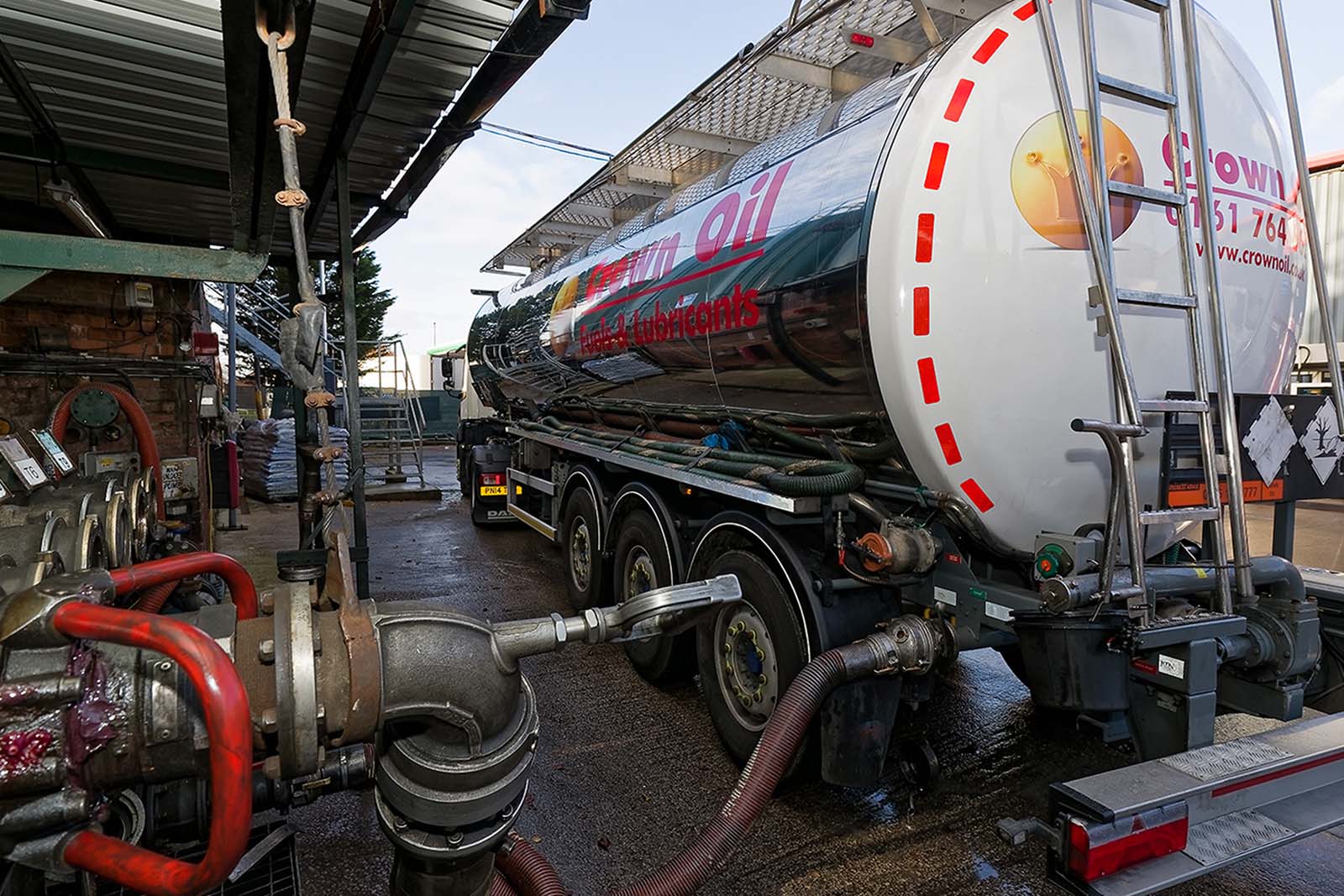Managing the risks of generator fuel contamination should be high on the agenda for any organisation, particularly those dependent on fuel for critical and back-up power.
As a critical component of a backup power system, diesel stored for emergency use must be maintained in optimal condition to ensure start-up and runtime of backup generators.
Being aware of the signs of fuel contamination and employing an effective planned preventative maintenance programme are both key in ensuring the lifespan of the equipment it powers and the fuel system itself.
What causes generator fuel contamination?
Fuel contamination is usually initiated by a foreign body such as water entering the fuel or due to dormant fuel naturally degrading over time.
Water is the most harmful contaminant as it promotes microbial growth. It can either be free moving, emulsified or as dissolved water, causing long-term damage that’s detrimental to engines and equipment.
When microbial bacteria grow, they often sink to the bottom of a tank, creating a layer of sludge that accumulates in pipes, blocks filters and eventually prevents the fuel flow. If this happens, you won’t be able to tell that your fuel is contaminated by simply looking in your tank.
Once you have contaminated fuel, the effects quickly magnify and decrease the fuel’s stability, eventually rendering the fuel useless. This impacts efficiency, reliability and increases costs.
For this reason, finding fuel contamination early on will ensure that you can solve the issue as swiftly and as soon as possible.
How do you know if your fuel is contaminated?
Being aware of the signs of contamination is key, so it’s always worth monitoring and checking your fuel on a regular basis to avoid risking your generator not kicking in due to running on dirty fuel.
Things to look out for are:
- Cloudy appearance – there is water in your fuel
- Dark colour – asphaltene particles are forming which if agglomerated, can block filters
- Smells like rotten eggs – microbial growth
- Smells similar to varnish – fuel is too old
- Clogged filters – sludge has built up
- Rusted tank – there is water in your tank

Some of these symptoms often go unnoticed or ignored, but others can be severe and very visible. Not only can fuel contamination be expensive to repair, but it can also be highly dangerous and risk hundreds of thousands of pounds in damage.
Luckily, most fuel contamination can be avoided through regular fuel testing. There are many different types of contaminants that can cause mayhem in your back-up generator, so it’s important to check and monitor your fuel closely.
How to avoid generator fuel contamination issues
- Invest in regular fuel testing by a professional company as part of a proactive planned preventative maintenance programme.
- Consider installing a fixed fuel polishing unit to continually clean your fuel, removing the risk of sludge and bacteria build-up.
- Ensure your tanks remain topped up to reduce the risk of moisture.
- Eliminate the risk of fuel contamination by using an OEM-approved, environmentally friendly advanced renewable fuel. Find out more about the benefits of using our sister company, Crown Oil’s Hydrotreated Vegetable Oil (HVO fuel).
If you suspect fuel contamination is impacting your generator or to discuss preventative measures to avoid disaster in your generator in the future, call our fuel experts today on 0330 123 3399



